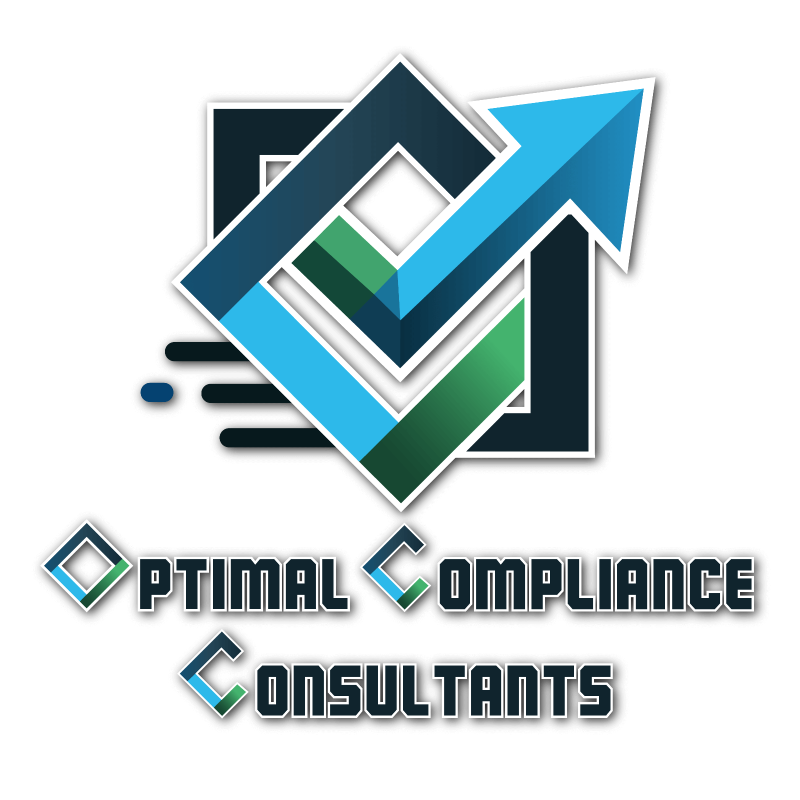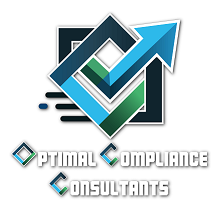Transform Your Business with ISO 9001 Quality Management Systems
Introduction
Quality management is no longer just a buzzword—it’s the backbone of sustainable business success. Over the years, businesses have realized that efficient quality management systems (QMS) aren’t just about ticking compliance boxes but about driving innovation, ensuring customer satisfaction, and fostering continuous improvement.
At the heart of global quality practices is ISO 9001, an internationally recognized standard that outlines the framework for establishing, implementing, and maintaining a robust QMS. Whether you’re a multinational enterprise or a growing SME, adopting ISO 9001 can be a transformative step toward operational excellence.
Understanding Quality Management Certificate ISO 9001
ISO 9001 is more than just a certificate—it’s a commitment to quality and a demonstration of an organization’s ability to consistently provide products and services that meet customer and regulatory requirements. But what makes ISO 9001 so impactful? Its foundation lies in a set of universal principles that guide businesses in creating a customer-focused, efficient, and resilient operational structure.
Core Principles of ISO 9001
Let’s delve deeper into the core principles that underpin ISO 9001 and understand how they create tangible benefits for businesses:
- Customer Focus: Every business exists because of its customers. ISO 9001 emphasizes the importance of understanding customer needs, meeting their requirements, and striving to exceed their expectations. Organizations that prioritize customer satisfaction foster loyalty, which translates into repeat business and positive brand advocacy.
- Leadership: Strong leadership is critical to cultivating a culture of quality. ISO 9001 urges top management to set clear objectives, align the organization toward these goals, and lead by example to inspire commitment at all levels.
- Engagement of People: Employees are an organization’s greatest asset. ISO 9001 stresses the importance of empowering your team through training, skill development, and open communication, ensuring everyone is aligned with the organization’s quality objectives.
- Process Approach: Viewing activities as interconnected processes allows for greater efficiency and consistency. ISO 9001 advocates this approach to optimize resources, reduce waste, and ensure seamless operations.
Quality Management Procedures
Implementing ISO 9001 requires a strategic approach to documentation and procedures. Properly documented processes ensure clarity, consistency, and accountability across the organization. This not only helps in achieving compliance but also drives operational excellence.
Documentation Requirements
ISO 9001 mandates specific documentation to ensure the QMS is effectively established and maintained. These documents act as a roadmap for the organization, outlining responsibilities, processes, and quality objectives.
- Mandatory Procedures: These include control of documented information, internal audits, nonconforming output management, and corrective actions. They form the backbone of a compliant and robust QMS.
- Supporting Documentation: Quality manuals, process maps, work instructions, and records play a vital role in ensuring employees understand their roles and responsibilities clearly.
Implementation Strategy
Implementation of a QMS is not a one-size-fits-all process. It requires careful planning and customization to align with the organization’s unique objectives. The implementation strategy typically includes:
- Planning Phase: This includes conducting a gap analysis to identify areas of improvement, assessing available resources, and creating a realistic timeline for implementation.
- Development Phase: During this phase, processes are documented, systems integrated, and employees trained. Pilot testing ensures the new QMS operates as intended before full-scale implementation.
Continuous Improvement: The Heart of ISO 9001
Continuous improvement is a cornerstone of ISO 9001. It emphasizes that even the most efficient systems can be optimized further. By fostering a culture of continuous evaluation and enhancement, businesses can stay ahead of industry trends and consistently meet changing customer expectations.
Popular Methodologies for Improvement
- PDCA Cycle: This iterative method—Plan, Do, Check, Act—helps organizations identify areas for improvement, test solutions, and standardize successful strategies.
- Six Sigma: Leveraging data and statistical analysis, Six Sigma identifies and eliminates defects, driving quality and efficiency in processes.
Empowering Your Workforce
An effective QMS is only as good as the people behind it. Employee engagement is critical for the success of any quality management initiative. ISO 9001 recognizes the importance of building a skilled and motivated workforce, providing guidelines for training and competence management.
Training Programs
Organizations must focus on both quality awareness training and skill-specific programs. From understanding ISO 9001 requirements to mastering advanced problem-solving techniques, training helps employees align their efforts with organizational goals.
Find quality training programs tailored to your business needs.
Browse our home page for new up to date information





